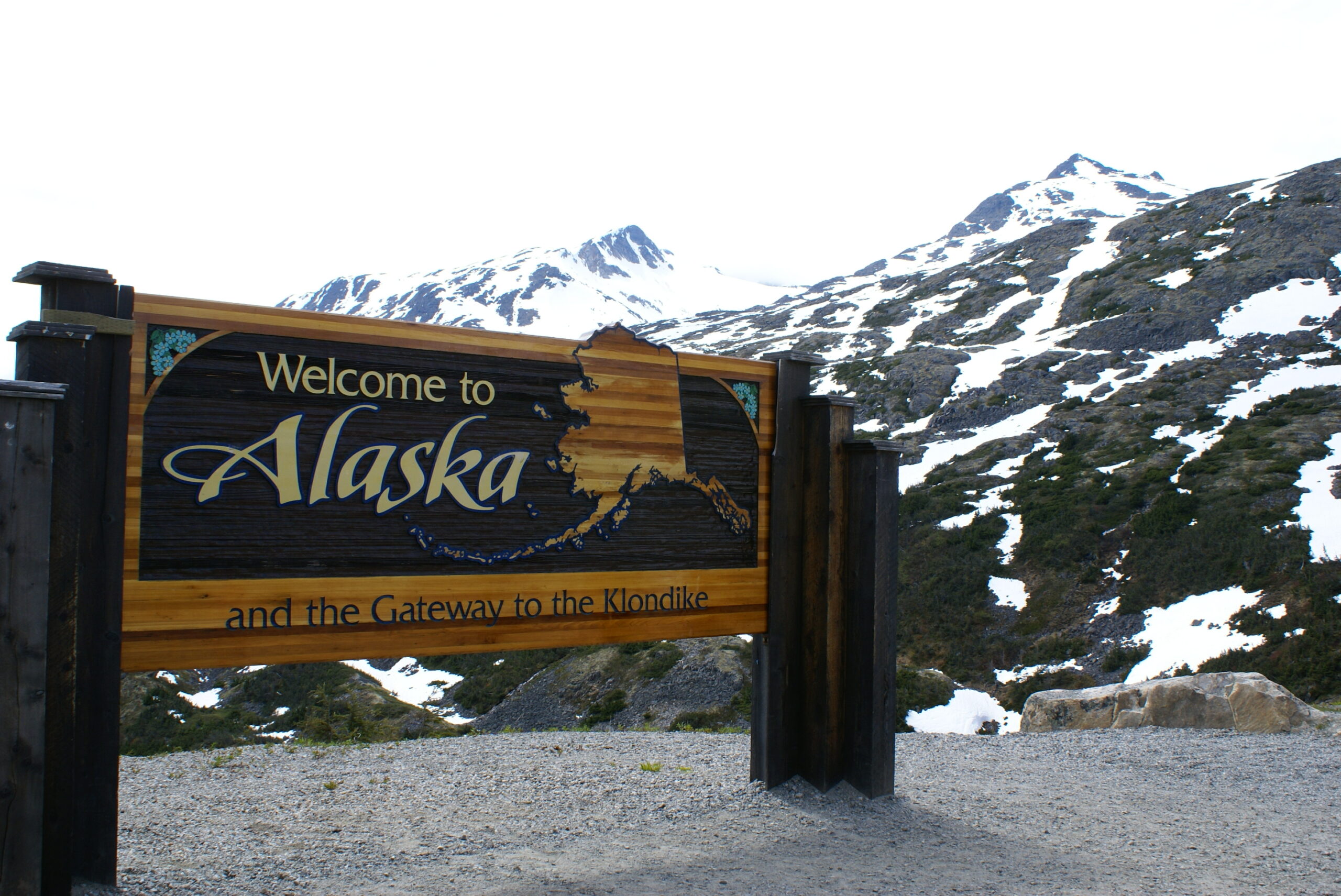On Wednesday, Feb. 14, Sinclair hosted Dr. Ross Coen from Washington University to deliver a lecture about the history of Black Civil Rights activism in Alaska.
Coen received his bachelor’s degree in English and his master’s in Arctic and Northern Studies, both from the University of Alaska Fairbanks. He then earned his doctorate in history from the University of Washington, where he continues to serve as a part-time lecturer.
The online lecture focused on post-World War II civil rights activism, from 1945 to 1964. Coen used non-fiction characters, and their stories of activism, to draw a narrative, illustrating the comprehensive Alaskan struggle for freedom and equality.
You might be asking, what makes Alaskan civil rights activism unique and important? Why such a focus on Alaska specifically? Also, why this 19 year period following World War II?
“Civil rights campaigns in different parts of the country, in this era, varied decidedly in their tone, their tactics, their coalitions, and their goals, based largely on what was possible at different places and times and thus these movements cannot be understood without thorough examinations of their distinctiveness”, said Coen.
Black soldiers with the U.S. Army in Alaska, circa 1942. Photo Credit: University of Alaska Anchorage
Coen described a historical distinction between Alaskan activism and the activism in the lower 48. The boycotts, sit-ins, pickets, and marches that were effective in the American south, weren’t utilized as modes of protest in Alaska. Black activists feared these actions would alienate them from the white population, from whom they needed support.
Black Alaskans had greater access directly to political institutions. While southern activism was targeted more so towards protest of the government, Alaskan activism preferred petitioning the government and utilizing legislation like the Alaska Anti-Discrimination Act of 1945 and the Alaska Human Rights Act of 1963.
Coen’s focus on this particular period was purposeful. President Truman’s desegregation of the military in 1948 drove many Black Americans to bases across the country. World War II also catalyzed a sharp increase in production throughout the United States, driving many Black Americans to work in the Pacific Northwest and Alaska.
Communities such as Portland, Oregon, Seattle, Washington and Anchorage, Alaska, although remaining segregated, saw significant increases in racial diversity. Anchorage’s Black population in 1940 was estimated at roughly a few dozen; by 1950 the Black population was over 3,000.
Anchorage, Alaska circa 1950
In his lecture, Coen chronicled Alaskan activism in a sort of anthology. Telling the stories of Robert and Beatrice Coleman, who petitioned the New York NAACP after being refused service by a Fairbanks bartender, Blanche McSmith, the president of the Anchorage NAACP who was denied service at a restaurant, Willard Bowman, a Navy veteran who worked as a labor organizer and fought for fair employment rights, and others.
These stories share commonalities that exemplify the method of activism in Alaska. As opposed to civil disobedience, Alaskan activists opted for cooperation with the government to achieve their ends.
It is important to note that, although Coen is speaking on activism over a specific period of time, with a beginning and an end, the desired goals are not achieved by the end of his account. The purpose of studying civil rights activism ties to a fundamental tenet of any historical study: how can we learn from the past and do better in the future?
Despite the noble efforts of the characters Coen narrates to us, our utopian happy ending, if possible, is still to come.
Davis Miller, Intern
